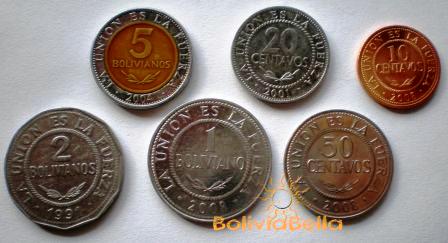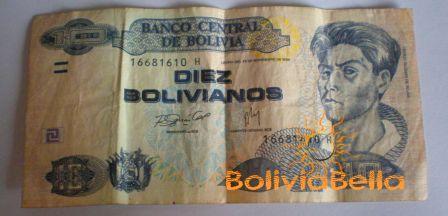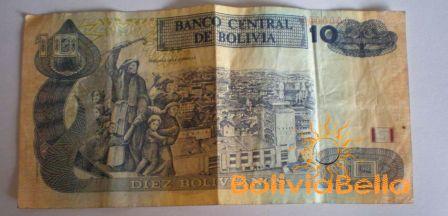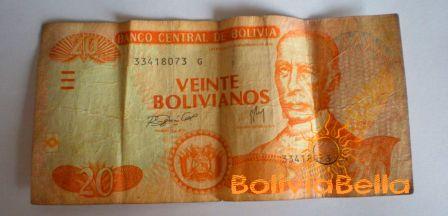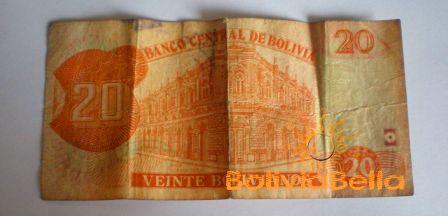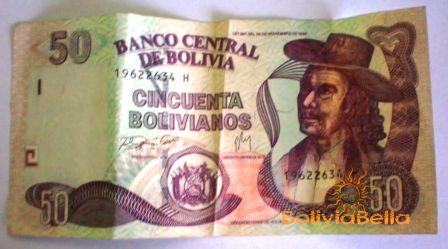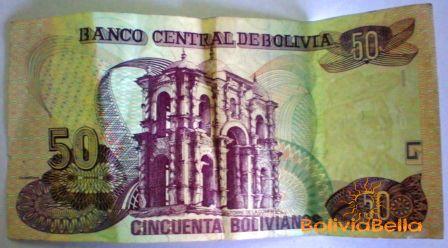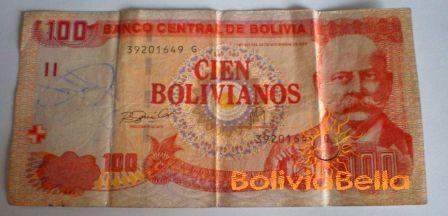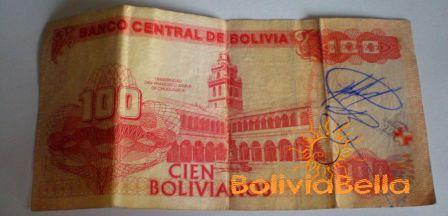|
Bolivian Money and Currency
 The following are pictures of our Bolivian money to help you become familiar with Bolivian coins and bills. The Bolivian currency has undergone many changes over the years, even changes in name. In 2010 the Bolivian government changed the name of the Republic of Bolivia to "Estado Plurinacional de Bolivia" (Plurinational State of Bolivia), then printed new paper money and minted new coins. You can still use the old coins and bills that say "República de Bolivia" on them. The paper bills will be phased out gradually as they get old and tattered. Although Dollars and Euros can also be used in some places in Bolivia, you'll need to know about how to exchange money once you arrive, for use in the locations where only the boliviano is accepted.
Bolivia has bills in denominations of 200, 100, 50, 20 and 10 bolivianos. There are also coins. The coin with the gold center and silver outer rim is worth Bs. 5 and it replaced our 5 boliviano bill (which was blue) years ago. There are also coins worth 1 and 2 bolivianos as well as coins worth 10, 20, and 50 centavos (cents of a boliviano). You lose some value when you buy dollars but gain more if you are selling your dollars. That's because the dollar is a stronger currency so you have to pay more to get it. The boliviano is weaker so you get less for it. Normally the Bolivian exchange rate (the value of Bolivia currency) fluctuates up and down daily depending on the value of the dollar. Bolivian Money: Bolivia Coins
Bolivian Money: Bolivia Bills
|
